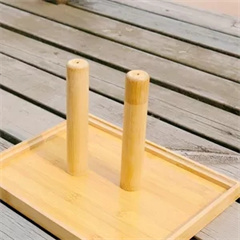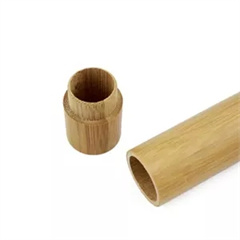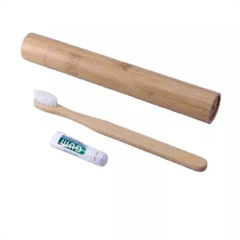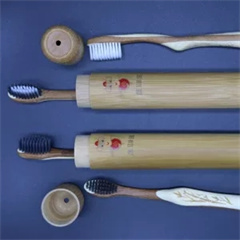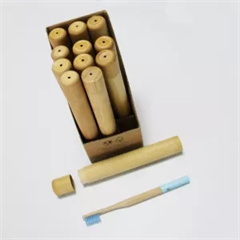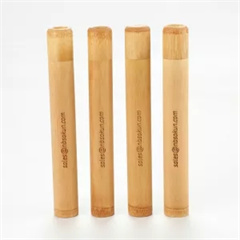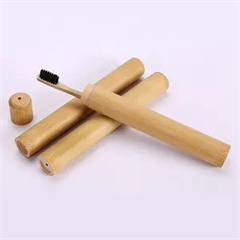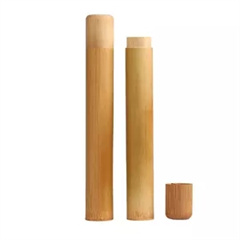What are the benefits of bamboo products?
It is produced from natural materials and can be repaired after damage. It is easy to clean and maintain, has a hard texture, is not prone to insects, is environmentally friendly and has no pollution, is highly renewable, can be mass-produced, and is relatively inexpensive.
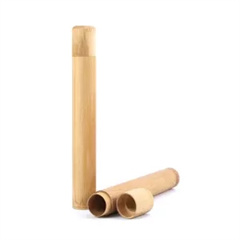

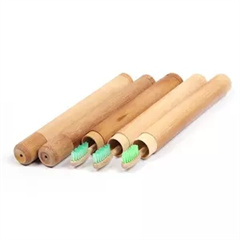
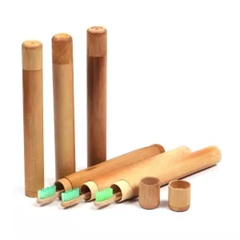
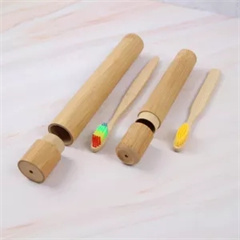

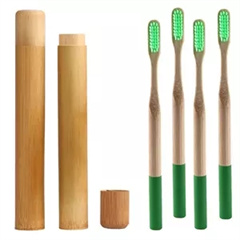
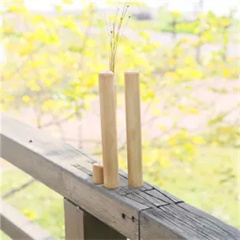

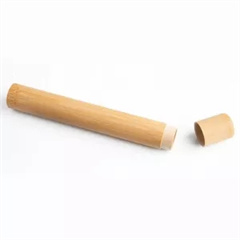
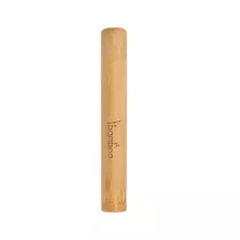
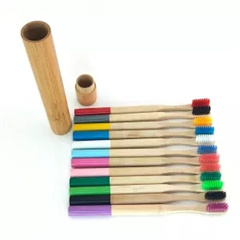
How to wash bamboo toothbrush tube
Many people know that toothbrushes need to be replaced in time after a period of use. However, good storage and timely cleaning are also essential for the “partner” of the toothbrush, the bamboo toothbrush tube.
Many people tend to throw the wet toothbrush into the bamboo toothbrush tube after brushing their teeth. Some people even hurriedly didn’t even pour out the brushing water from the bamboo toothbrush tube. And the toothbrush is generally placed upside down so that the bacteria on the toothbrush and the water droplets that will dry up in the future flow to the bottom of the cup together. Sometimes the bottom of the cup of the bamboo toothbrush tube even forms a thick layer of dirt. In this way, the bamboo toothbrush tube becomes a place where dirt and dirt are contained. Not only can it not help the toothbrush clean the oral cavity and build up the teeth, but it becomes a vector of infectious diseases or a bane of induced diseases.
The best solution is to place the brush head up in a ventilated and dry place after the toothbrush is washed and dried. The bamboo toothbrush tube should be cleaned at least once a week, and the bamboo toothbrush tube should be cleaned in time to keep it dry. It can be disinfected by boiling regularly, and the boiling time can reach 10 minutes. Or soak some vinegar in a bamboo toothbrush tube, then carefully scrub the bottom of the cup with the vinegar, or use a diluted disinfectant to scrub, etc.



